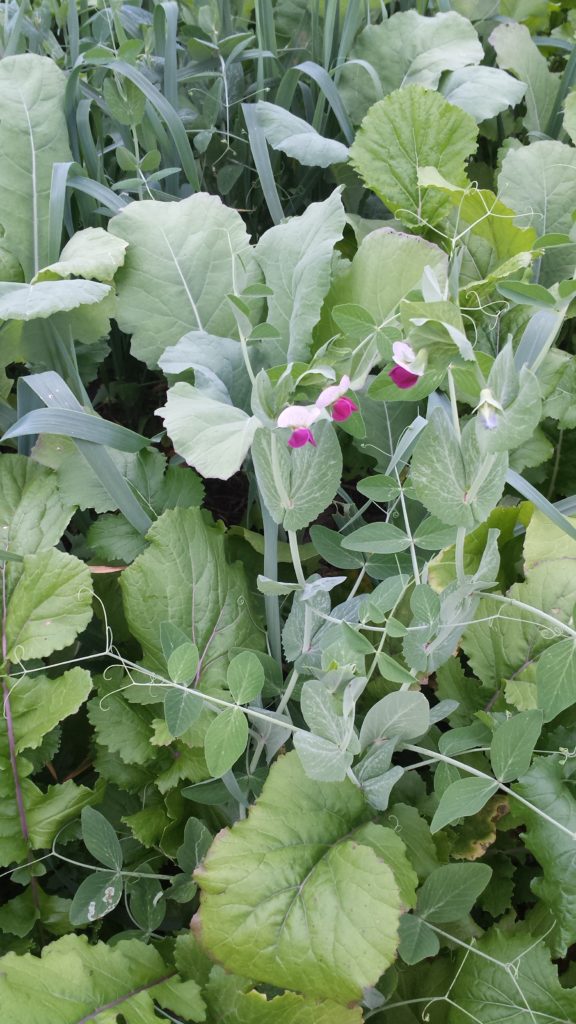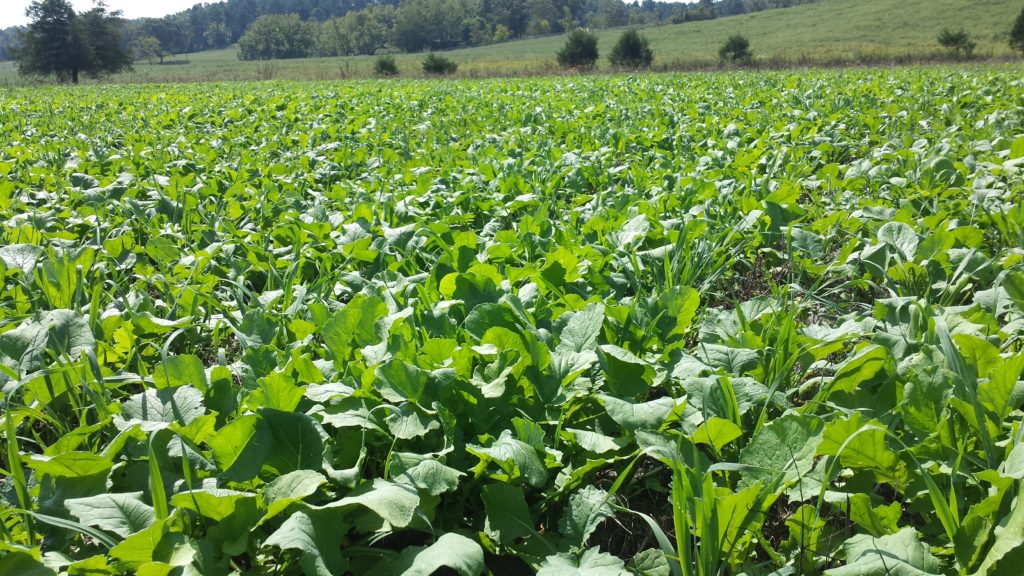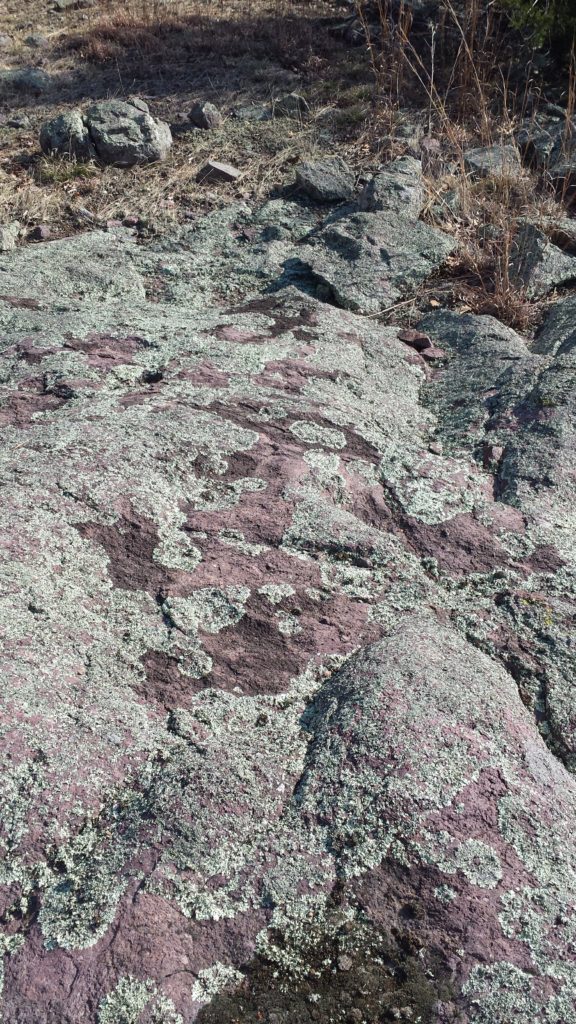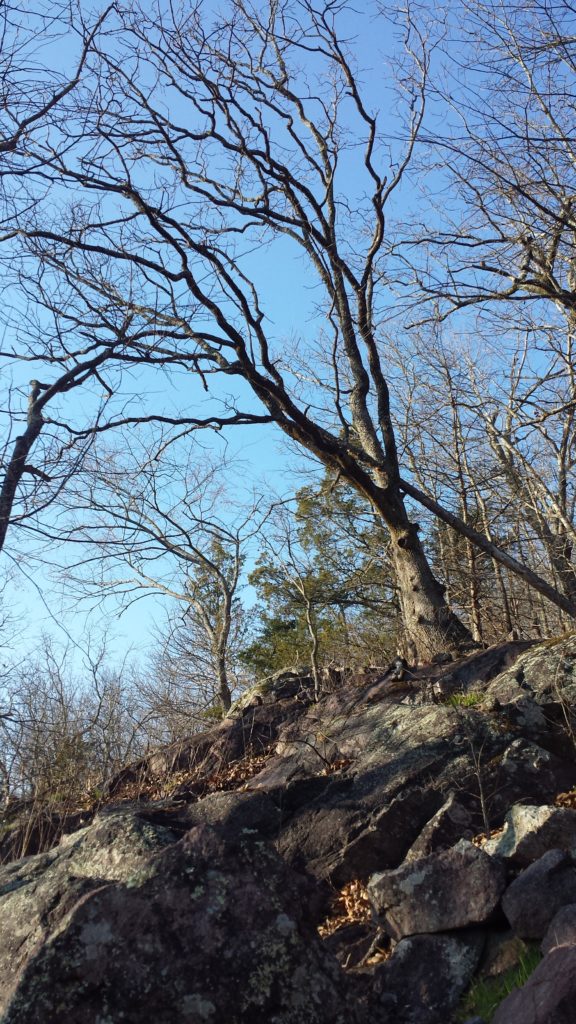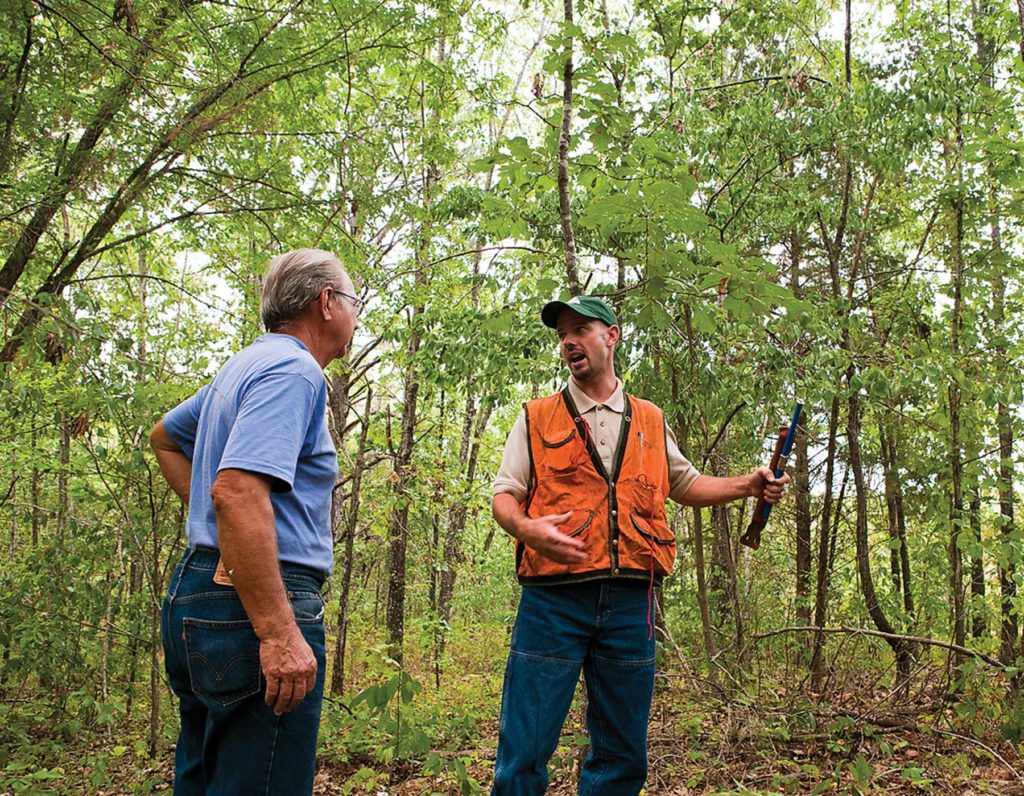Yes, logging creates disturbance, and in disturbance dependent forest systems, a certain amount, and the right kind of disturbance can be beneficial. I can discuss this in a later post.
But, there is a big difference between disturbance and resource damage. Lets talk a little bit about what that is, what it looks like, and what it could cost you in the long run.
When a logging operation isn’t guided by a plan, or is not administered by a professional forester, or conducted by an untrained or an undisciplined logger, things can go bad.
A well planned logging operation is done with specific trees marked to be removed, and skid trails and logging roads are planned accordingly to prevent damage to the better trees that are selected to be left in the stand. A skidder with a reckless driver roaming the woods removing trees indiscriminately is a recipe for disaster.
Damage to trees comes from poor or absent directional felling, which breaks limbs out of trees or skins up the stem. It also comes from skidders themselves or the logs drug behind them rubbing up against the tree, removing bark which increases the risk of disease and rot, but it also drastically devalues the bottom log of the tree. The bottom log (butt log) of the trees tents to be the most valuable log in the tree.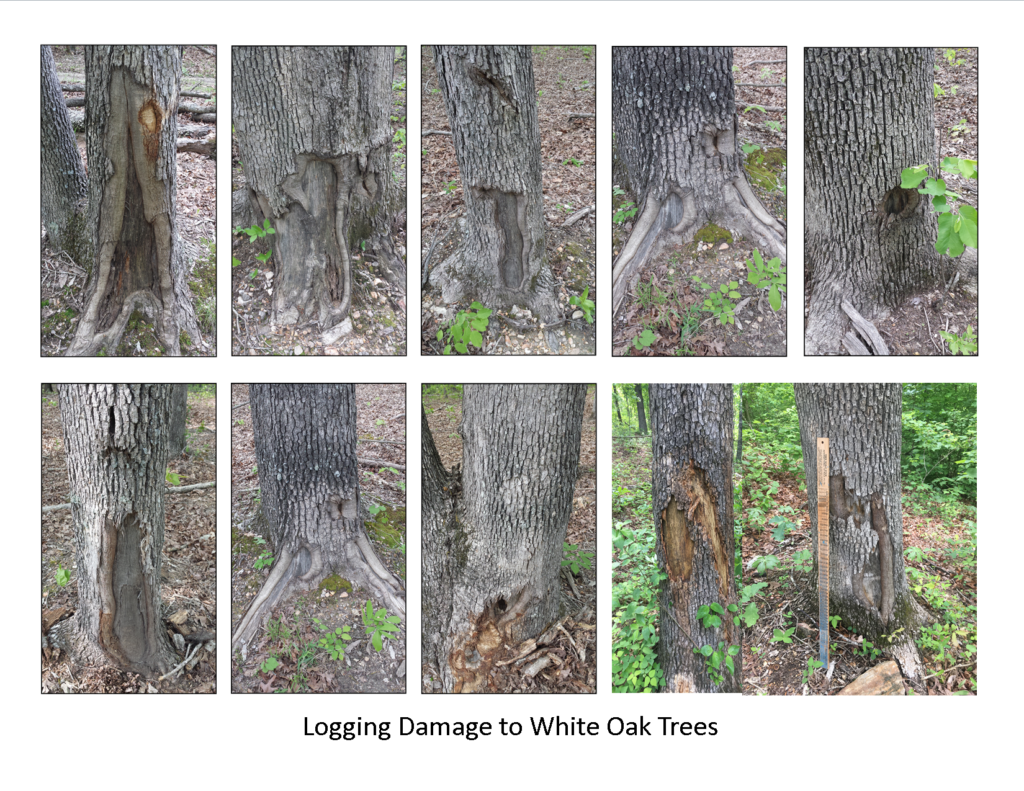
The pictures included here were taken from a property while I was doing inventory for a forest management plan recently. The damage recorded here of mainly white oaks has been done by some logging over the last few years. In one place, I noticed 15 or more white oak trees damaged more or less, within my field of view. This is unacceptable to me, and does not need to be acceptable to you.
So, besides poorer tree performance and increased risk of tree mortality, what does this cost the landowner?
Lets take these white oak trees for example:
With current average market stumpage prices for white oak at:
$186 / thousand board feet for sawlogs
$996 / thousand board feet for stave logs
- As white oak trees grow to become stave bolt size and quality (first log being most valuable) then a clear bole with no defect is essential to command stave bolt price.
- If the log on its own accord doesn’t meet stave bolt quality (no defects) but can be sold for grade lumber and tie center it can be sold at the sawlog price.
- If the tree is damaged but has enough solid wood to produce a railroad tie in the center, then the log will only be docked a small but not insignificant percentage from sawlog price.
- If the damaged tree is devalued to the point it wont make a railroad tie, then the value is reduced by half or more of sawlog price.
The damage from a bad logging operation can cost the landowner significantly. The value of the butt logs of quality white oak in the Ozarks could be devalued up to 80% in some cases. Don’t let this happen to you. Protect your resource now and into the future by giving us the opportunity to help you when you make that decision to harvest timber.
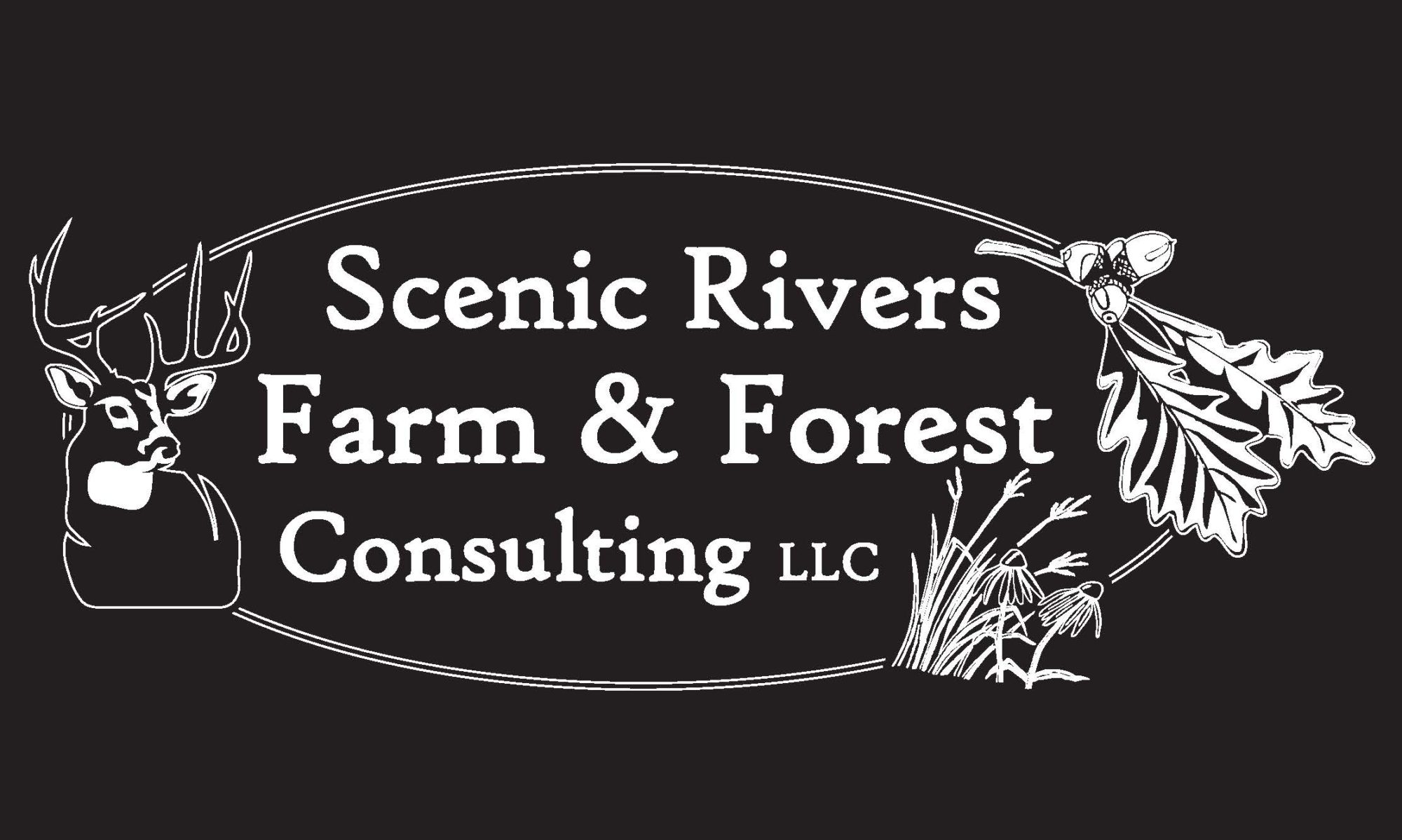
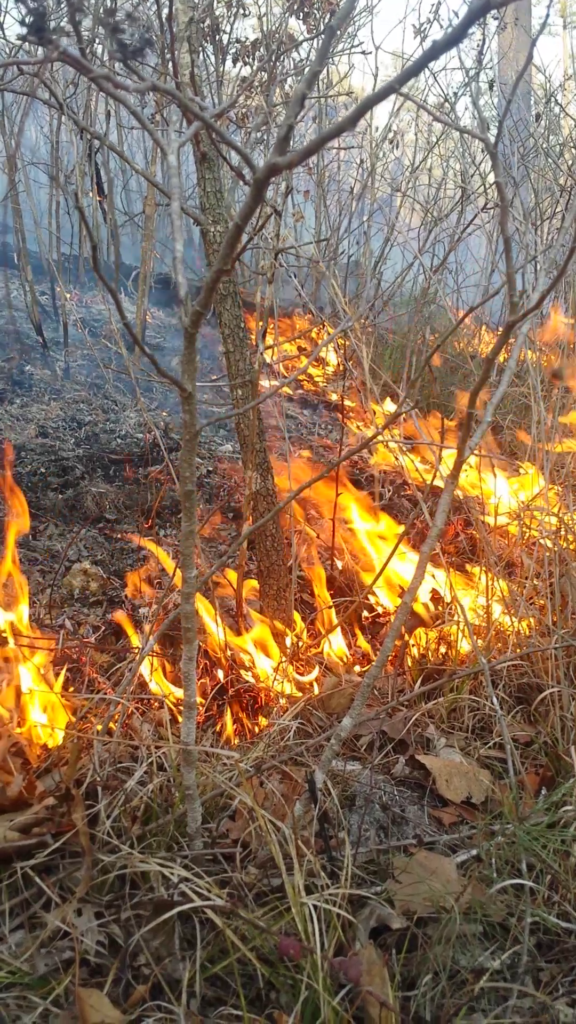 Among many, there are 3 major atmospheric factors that influence fire behavior on a proposed prescribed fire.
Among many, there are 3 major atmospheric factors that influence fire behavior on a proposed prescribed fire.